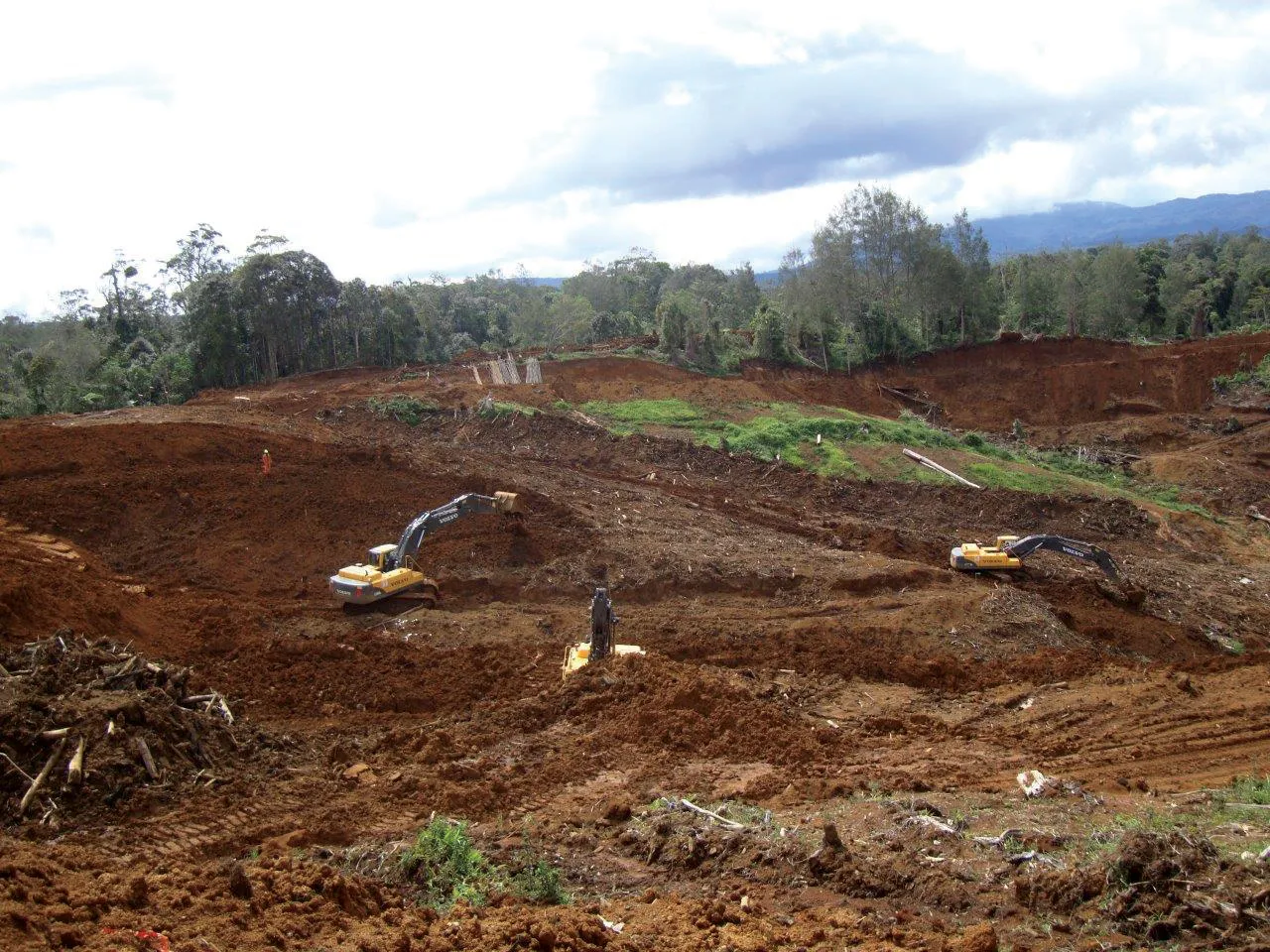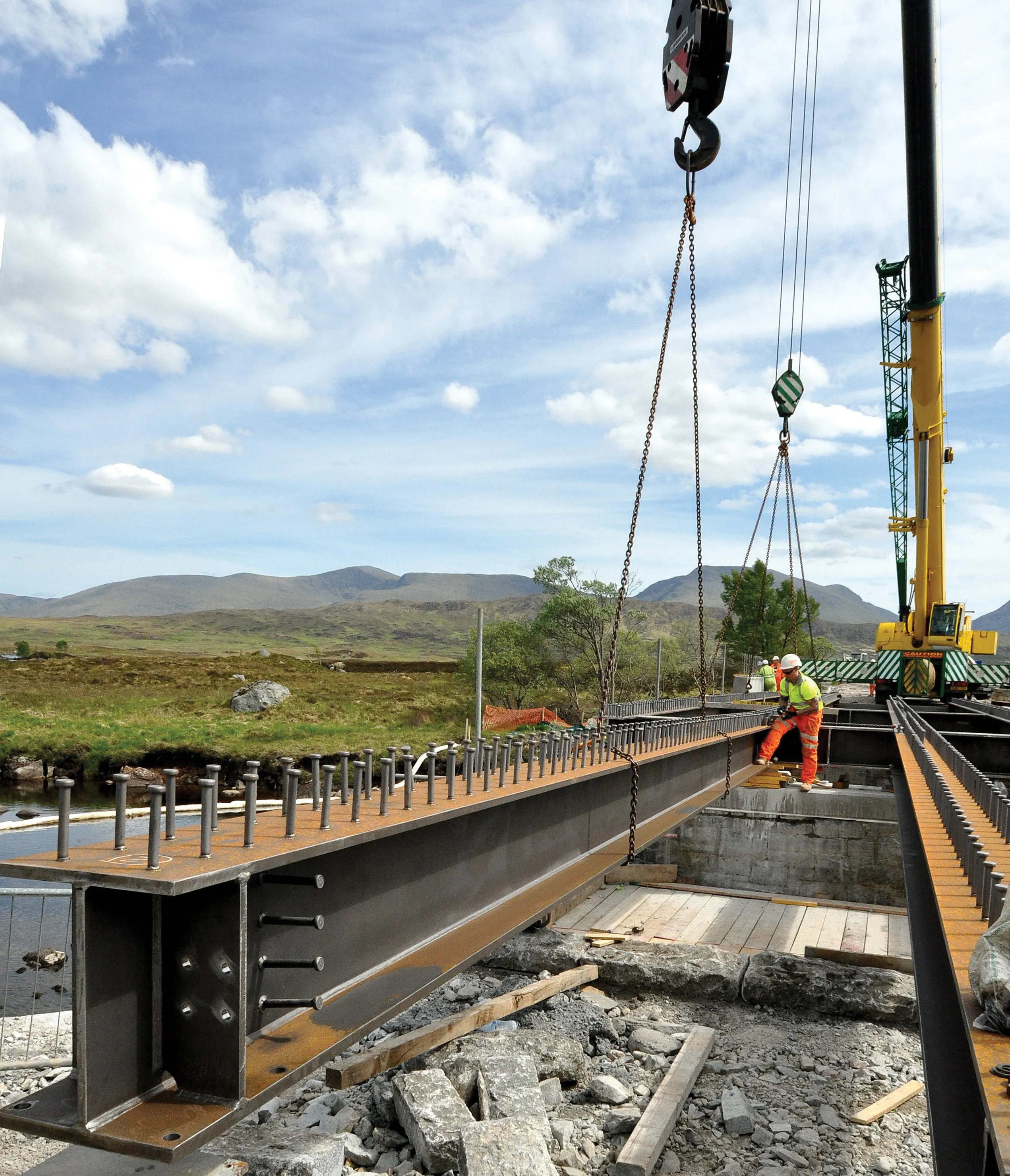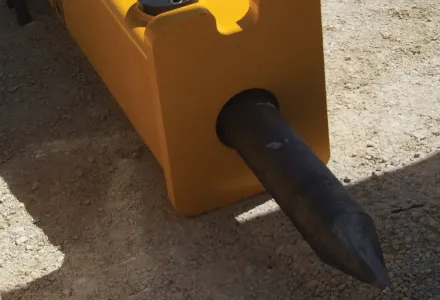A new airport has been constructed in the southern highlands of Papua New Guinea that will help with communications and logistics for the development of a natural gas project in the area.
Built at Komo, the airport is sufficiently large to be able to handle the massive Russian Antonov AH-124-100 transport aircraft. Construction of the airport however proved challenging as the climate in this mountainous area is known for its changeable weather and heavy seasonal rainfall.
However the airport was need
August 21, 2013
Read time: 3 mins

A new airport has been constructed in the southern highlands of Papua New Guinea that will help with communications and logistics for the development of a natural gas project in the area.
Built at Komo, the airport is sufficiently large to be able to handle the massive Russian Antonov AH-124-100 transport aircraft. Construction of the airport however proved challenging as the climate in this mountainous area is known for its changeable weather and heavy seasonal rainfall.However the airport was needed so as to allow the shipment of heavy equipment to the remote Hides area, with the Antonov destined to make 70 flights to the facility, carrying components. The natural gas operation is run by a subsidiary of Exxon Mobil. The gas will be sourced from the Hides, Angore and Juha gas fields as well as the associated Kutubu, Agogo, Moran and Gobe regions. The project involves the installation of over 700km of pipelines and the Hides facility will treat the natural gas and condensate.
The PNG LNG consortium consists of seven different companies including ExxonMobil, Oil Search, state-owned National Petroleum Company of PNG, Santos, JX Nippon, landowner interest manager Mineral Resources Development Company and state-owned Petromin. However because of the remote nature of the site and the fast changing climactic conditions, construction proved challenging for
The MCJV partners used a wide array from Volvo Construction Equipment for the work, with 71 different items of machinery. These
About 80% of the machines that arrived on site were brand new and each machine clocked up 6,000 to 7,000 hours on average. Having been scrupulously well maintained all of the machines were still in good operational condition after the completion of the airfield and were ready to be transferred to other job sites. Many of the articulated haulers have since been bought by Exxon Mobil for other areas of the PNG LNG project.









